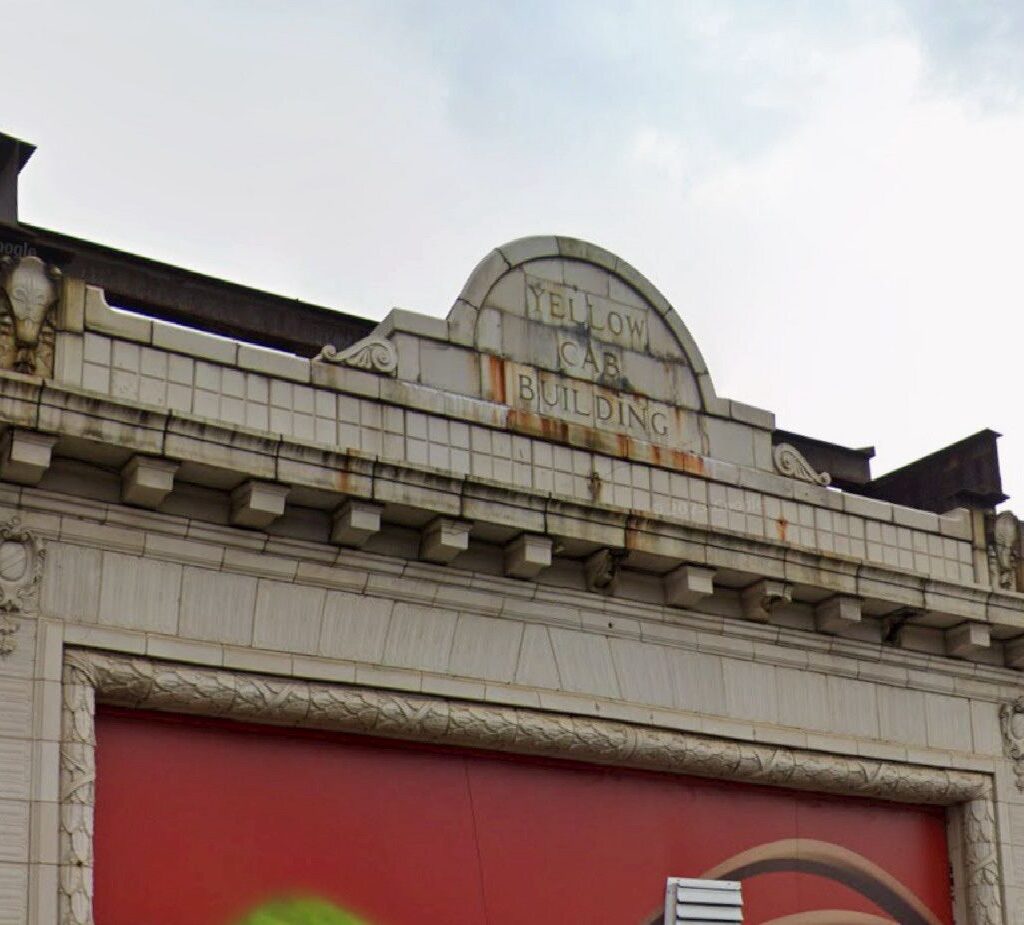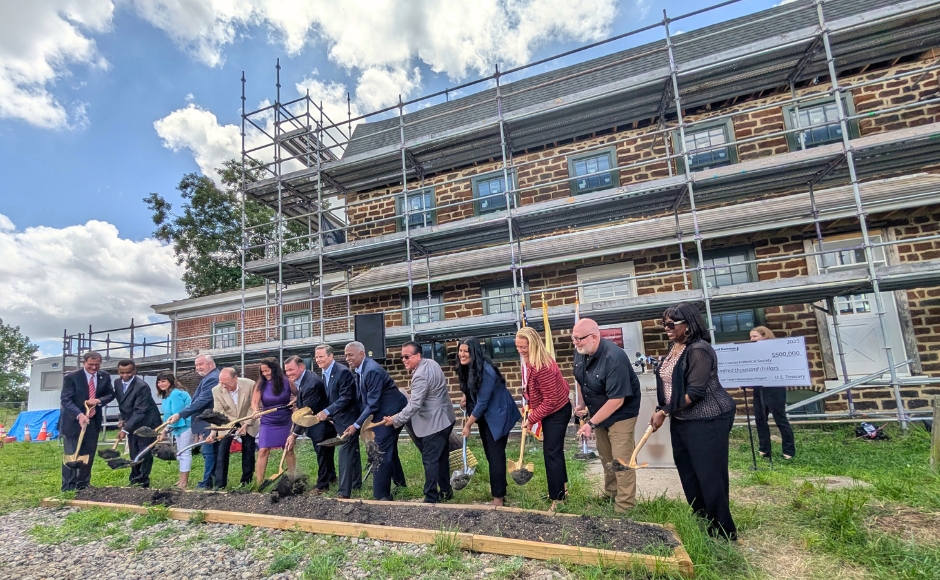New Jersey, a state rich in history and innovation, is seeing a renewed commitment to preserving its past while simultaneously looking towards the future. From Revolutionary War-era taverns to the birthplace of a major city’s taxi industry, significant restoration projects are underway, promising to bring forgotten stories back to life and create new cultural landmarks for generations to come.
Camden’s Historic Tavern: A Revolutionary Revival

In Camden City, one of its oldest and most historically significant buildings is embarking on a multi-million-dollar transformation. The goal? To reopen as a colonial-era museum, ideally in time for the monumental 250th anniversary of American Independence in 2026. This ambitious project aims to breathe new life into a structure that has stood witness to centuries of New Jersey’s evolution.
This historic tavern holds deep roots in the fabric of the city and the nation’s founding. Its restoration is not merely about preserving bricks and mortar; it’s about re-telling the narratives of those who lived, worked, and fought within its walls. As the semiquincentennial approaches, this revitalized landmark will undoubtedly become a focal point for understanding New Jersey’s crucial role in the American Revolution, offering visitors an immersive journey back in time. It’s a testament to the idea that understanding our origins is key to forging our path forward. For more on New Jersey’s political landscape and the decisions shaping its future, visit https://explorenewjersey.org/politics/.
Newark’s Yellow Cab Building: A Glimpse into Urban Innovation

Meanwhile, in Newark, another fascinating piece of New Jersey’s industrial and social history is undergoing a meticulous restoration. The Yellow Cab Building at 19 Sussex Avenue, once the bustling headquarters of Newark’s pioneering taxi industry, is being brought back to its former glory by the New Jersey Institute of Technology (NJIT).
This century-old building holds the legacy of Ernest Miller, the entrepreneurial spirit who, at just 24, launched Newark’s first cab company in 1909 with a modest fleet of eight taxis. Miller’s vision grew exponentially, leading him to become one of the wealthiest taxi operators globally and eventually president of the world’s largest taxicab operator, the Parmalee System. The Yellow Cab Building, with its intricate terracotta details designed by prominent local architect Edward Warren, was a symbol of his rapid ascent and the burgeoning urban landscape of early 20th-century Newark.
NJIT’s restoration plans are incredibly detailed, with architect Dom Diaz emphasizing the commitment to recreating the building’s original appearance, including an “exact replica of the shape and color” of its terracotta. This painstaking effort is crucial, as the building had fallen into disrepair, suffering from a deteriorating roof, joists, and facade. While some elements, like the large picture windows that once lined the street, won’t be immediately restored due to previous alterations, the university’s dedication to maintaining the building’s historic integrity is highly commendable. The Landmarks and Historic Preservation Commission has expressed its appreciation for NJIT’s commitment, recognizing the importance of preserving such a significant piece of Newark’s heritage.
The story of the Yellow Cab Company is not just about transportation; it’s a reflection of a bygone era. Their slogan, “every driver an escort,” speaks to a time when taxi service was a white-glove affair, with uniformed chauffeurs driving luxurious vehicles and charging rates that, by today’s standards, seem substantial. Even after the company’s acquisition by the utilities giant Public Service in 1930, the building remained a landmark. The restoration of the Yellow Cab Building by NJIT ensures that this unique chapter in Newark’s history, and the wider story of urban development and innovation in New Jersey, will continue to be told and appreciated.
These restoration projects in Camden and Newark are more than just construction efforts; they are investments in New Jersey’s identity. By safeguarding these historic structures, the state is not only honoring its rich past but also creating vibrant spaces that will educate, inspire, and contribute to the cultural and economic vitality of its communities for generations to come.











